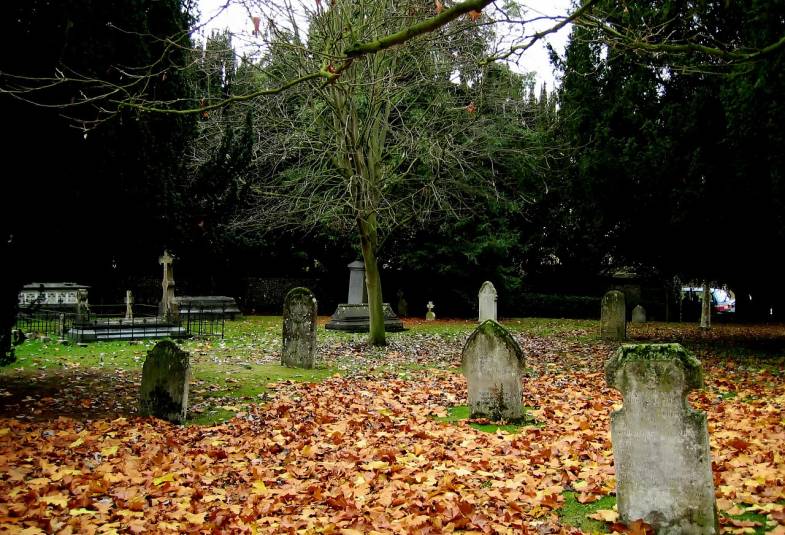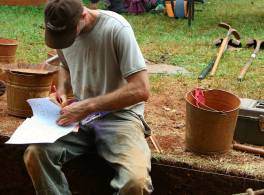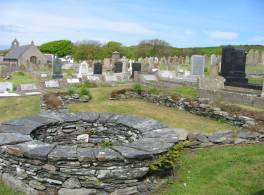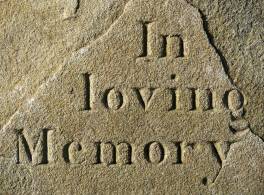You will often find Christian and even pre-Christian burials in and around our churches and cathedrals.
We can help you understand what to do if you find human remains.
This advice applies mainly to what are called ‘articulated human remains’, meaning that the bones of a skeleton are in the same relative position to each other as they were when the person was alive, implying a deliberate burial.
We can help you understand what to do if you find human remains.
This advice applies mainly to what are called ‘articulated human remains’, meaning that the bones of a skeleton are in the same relative position to each other as they were when the person was alive, implying a deliberate burial.

Human remains principles
Human remains have a special position in ecclesiastical and secular law.
The basic principles are that:
- You should always treat human remains with dignity and respect
- You should not disturb burials without a good reason (e.g properly authorised development)
- Human remains and the archaeological evidence around them are important sources of scientific information
- You should give particular weight to the feelings and views of living family members
- You should make decisions in the interest of the public and in an accountable way
Important:
If you discover or think you will discover articulated human remains during your project, then include a competent professional archaeologist with experience in church archaeology on your team.
Disarticulated bones (other than charnel deposits) can be carefully collected by general contractors for reburial.
Contact your Diocesan Advisory Committee or Fabric Advisory Committee for help.
Human remains and permissions
Important: You need Scheduled Monument Consent for works affecting a scheduled monument in a churchyard or cathedral precinct.


